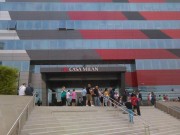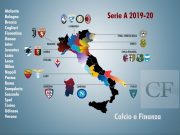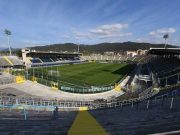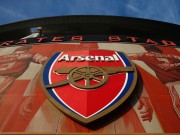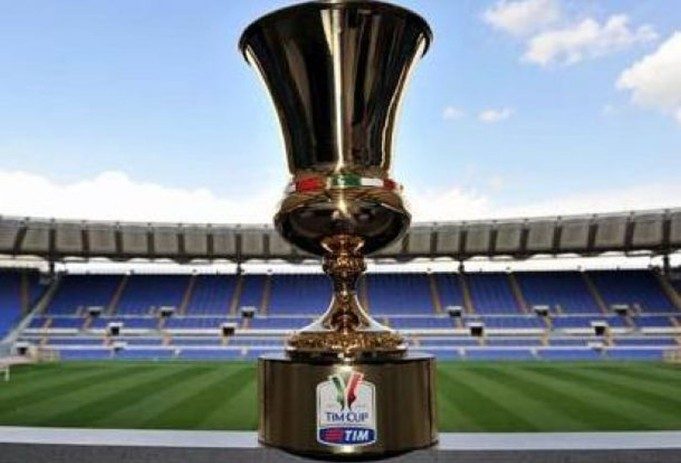(Coppa Italia format analysis by Emilia Conoscenti and Lorenzo Marincioni): The TIM Cup final on 17th May, which sees Juventus face Lazio, will be the 10th single-match final to be played in Rome’s Stadio Olimpico. The evidence suggests, however, that this wasn’t enough to revitalise a competition which, despite having some good results in terms of the size of the TV audience tuning in from the quarter-finals onwards, still has less appeal than the cup competitions in other major European countries.
The reasons that caused the final’s format to change, from a two-legged affair to a one-off match, were principally to make it more appealing due to the low numbers of spectators and the fact the media weren’t that interested in a two-legged final, since it meant the outcome was less uncertain and the tie was frequently already over after the first leg.
But there was more: while the TV audience share and viewing figures were fairly similar in both the first leg and the second leg, there was a dramatic fall in the number of spectators who would watch the games at the stadium.
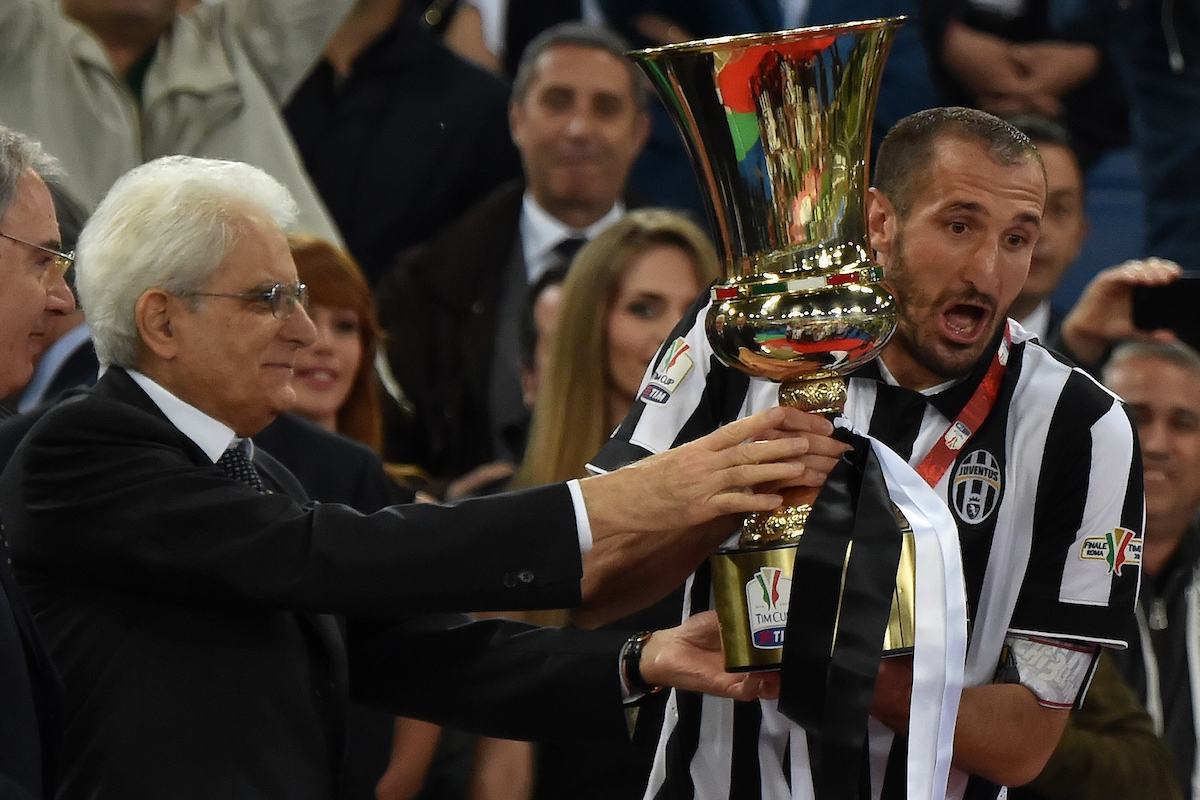
Take the last two two-legged finals, for example, both played between Inter and Roma. The TV audience in 2006 dropped from 7,319,538 fans in the first leg to 6,873,288 in the return leg, with an audience share of 28.22% and 25.74% respectively, while in 2007 the number of supporters dropped from 4,146,764 to 3,769,671, though the audience share increased from 32.85% to 33.64%.
That is nothing compared to the number of supporters who went to the stadium: in fact, in the 2006 final, the number of spectators dropped from 70,030 in the first leg at the Stadio Olimpico to 46,292 in the second leg in San Siro, a decrease of 34%, but that was still more than the number of spectators who watched the first leg of the final the following season (39,095 fans were in the Olimpico for Roma’s 6-2 win over Inter). The result clearly had a result for the second leg, played in San Siro, when just 26,606 fans turned up to the Stadio Giuseppe Meazza, which has a total capacity of 80,018.
The effects of the change
This principle reason for the change of format was to create a real spectacle which would attract supporters, both in terms of fans through the turnstiles and in the TV audience, and Rome’s Stadio Olimpico was identified as the ideal place in which to set this event. As a result, numerous side activities were set up to take place alongside the main event (last year, for instance, there was the likes of Bimbi in campo@TIM Cup, the kids’ Junior TIM Cup played before the main game, the TIM Cup Village in the Auditorium Parco della Musica in Rome) and it was decided that not only should a pop star sing the Italian national anthem (Emma Marrone, Alessandra Amoroso, Chiara Galliazzo, Lorenzo Fragola last year) but that the final should be preceded by a musical performance similar to what happens in American sports and the Champions League final.
Certainly the last decision was not one that was appreciated by the supporters. You only have to think of the jeers and whistles the Korean rapper PSY received when he performed his viral hit Gangnam Style before the final between Roma and Lazio in 2013.

Attendances at the Olimpico and TV audiences
There has been an increase in the number of people watching the final since the two-legged affair in 2006/07: 51,505 spectators for Inter-Roma in 2007/08, 68,819 for Lazio-Sampdoria in 2008/09, 61,573 for Inter-Roma in 2009/10, 63,418 for Inter-Palermo in 2010/11, 61,344 for Juventus-Napoli in 2011/12, 59,346 for Roma-Lazio in 2012/13, 66,288 for Fiorentina-Napoli in 2013/14, 62,622 for Juventus-Lazio in 2014,15, 66,555 for Milan-Juventus in 2015/16. No game has reached the high of the 2005/06 first leg, but there has still been an average of around 62,400 fans in the ground, and given the capacity of the stadium is 72,698 that is not an insignificant number.

Looking at the size of the TV audience and the audience share, with the game being shown exclusively on Rai 1 there have been encouraging results since 2007: there were, in fact, 7,458,711 people watching the 2007/08 final (33.14% audience share), 7,056,368 in 2008/09 (27.88%), 11,694,171 in 2009/10 (39.9%), 8,083,000 in 2010/11 (32.27%), 11,580,620 in 2011/12 (42.51%), 6,736,674 in 2012/13 (39.66%), 8,795,977 in 2013/14 (36.72%), 9,195,984 in 2014/15 (33.86%) and 8,432,000 in 2015/16 (38.07%).

One factor to take into consideration, and which could lead to some interesting scenarios to say the least, is that there were a large number of foreign supporters watching last season’s TIM Cup, particularly from Saudi Arabia, Japan, the United States, France, Spain and the United Kingdom; a sign that, other than their interest in the two teams involved – Juventus and Milan – there is also growing interest in a competition that has often been considered to be a distraction for many Italian fans. As a result, the value of the competition’s TV rights has continued to rise.
Overseas competition
It would be useful to compare the number of supporters watching the TIM Cup final with the number of fans who watched the most recent finals of the major cup competitions in Europe’s top domestic leagues. When making this comparison, it’s clear to see that cup finals have significantly more attraction abroad than they do in Italy: 80,000 fans in France went to watch the Coupe de France (the maximum capacity was 81,000); 88,619 fans filled 90,000 seats in England for the FA Cup; 74,322 fans watched the DFB-Pokal in Germany (where the maximum capacity was 74,649); while in Spain, there was a complete sell-out of 54,907 fans for the Copa del Rey.

There could be a number of reasons behind these figures. The higher quality of stadiums that foreign finals are played in is definitely one reason, but so too – and perhaps more importantly – is the current format of our TIM Cup.
A competition that needs to be revamped?
The competition is, in fact, designed to protect the biggest clubs and ensure they reach the latter stages, as they receive more attention and are therefore more attractive to the media and TV channels. The rules even stipulate that, up to and including the quarter finals, the higher positioned team – and therefore the stronger one – plays at home.
This means that the smaller clubs in the lower divisions, Serie B and Lega Pro, struggle to get through each round and then have to play away at Serie A’s most famous clubs, whose stadiums are almost completely deserted, save for only a small amount of hardcore supporters. Can such a spectacle, with empty stands and bizarre kick off times, possibly be an attractive one? A game where not even local fans, despite their clubs doing everything they can to get them to go, turn up to the stadium?

There needs to be a breath of fresh air: the TIM Cup needs to be revamped, giving it that charm, that magic that only a few competitions have, like the English FA Cup. That competition, for example, is completely random – games can be played in so-called ‘small’ stadiums, there is no seeding by league or ranking, and the top clubs start playing from the beginning, which allows (almost) every team in the country to play in the tournament and play against the most prestigious clubs.

Who says that Juventus-Milan would be more appealing than watching a small team, like Leicester, play for the trophy against a top club?
In 1994, Ancona, who were in Serie B at the time, came up against the great Sampdoria side of Gullit and Mancini. David against Goliath. How many people, whether they were supporters or not, immersed themselves in the story and dreamed of them lifting the trophy? It’s easy to think there were a lot.

Are we that convinced that a final between a big club and a small team chasing a dream couldn’t equal, if not surpass, the current average TIM Cup final TV audience of 8,781,500 viewers and 36% TV audience share?
Are we so sure that it wouldn’t be better to reflect and think about creating a competition that puts everyone on equal footing, which might make the arduous, difficult and – why not – even lucky journey for a small club to make it to the final at the Olimpico a bit less unlikely? We would like to think so.



